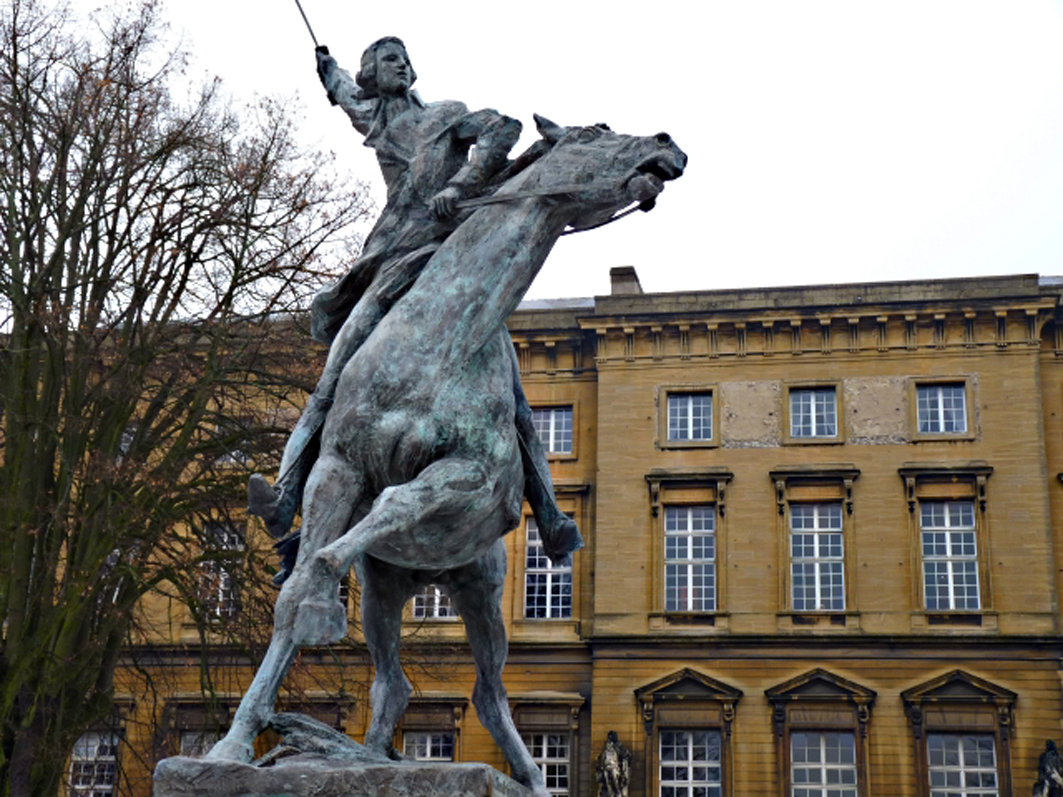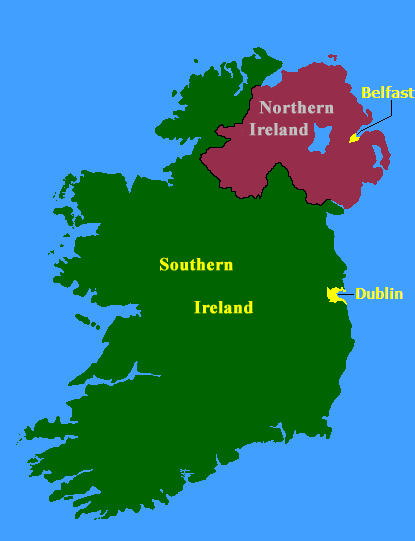|
Fayette County, Virginia
Fayette County, Virginia has existed twice in the U.S. state of Virginia's history. Formed in 1780, and 1831, respectively, both counties were named in honor of the Marquis de Lafayette, who had played a key role assisting the Continental Army during the American Revolutionary War, and each was separated from Virginia due to the creation of a new state, partitioned in accordance with Article IV, Section 3, Clause 1 of the United States Constitution. The two counties continued in existence as: * Fayette County, Kentucky, separated when Kentucky was admitted to the Union in 1792. * Fayette County, West Virginia, separated when West Virginia was admitted to the Union in 1863. See also * Former counties, cities, and towns of Virginia Former counties, cities, and towns of Virginia are those that existed within the English Colony of Virginia or, after statehood, the Commonwealth of Virginia, and no longer retain the same form within its boundaries. The settlements, towns, and ... { ... [...More Info...] [...Related Items...] OR: [Wikipedia] [Google] [Baidu] |
Virginia
Virginia, officially the Commonwealth of Virginia, is a U.S. state, state in the Southeastern United States, Southeastern and Mid-Atlantic (United States), Mid-Atlantic regions of the United States between the East Coast of the United States, Atlantic Coast and the Appalachian Mountains. The state's List of capitals in the United States, capital is Richmond, Virginia, Richmond and its most populous city is Virginia Beach, Virginia, Virginia Beach. Its most populous subdivision is Fairfax County, Virginia, Fairfax County, part of Northern Virginia, where slightly over a third of Virginia's population of more than 8.8million live. Eastern Virginia is part of the Atlantic Plain, and the Middle Peninsula forms the mouth of the Chesapeake Bay. Central Virginia lies predominantly in the Piedmont (United States), Piedmont, the foothill region of the Blue Ridge Mountains, which cross the western and southwestern parts of the state. The fertile Shenandoah Valley fosters the state's mo ... [...More Info...] [...Related Items...] OR: [Wikipedia] [Google] [Baidu] |
County (United States)
In the United States, a county or county equivalent is an Administrative division, administrative subdivision of a U.S. state, state or territories of the United States, territory, typically with defined geographic Border, boundaries and some level of governmental authority. The term "county" is used in 48 states, while Louisiana and Alaska have functionally equivalent subdivisions called List of parishes in Louisiana, parishes and List of boroughs and census areas in Alaska, boroughs, respectively. Counties and other local governments in the United States, local governments exist as a matter of U.S. state law, so the specific governmental powers of counties may vary widely between the states, with many providing some level of services to civil townships, Local government in the United States, municipalities, and Unincorporated area#United States, unincorporated areas. Certain municipalities are List of U.S. municipalities in multiple counties, in multiple counties. Some municip ... [...More Info...] [...Related Items...] OR: [Wikipedia] [Google] [Baidu] |
Marquis De Lafayette
Marie-Joseph Paul Yves Roch Gilbert du Motier de La Fayette, Marquis de La Fayette (; 6 September 1757 – 20 May 1834), known in the United States as Lafayette (), was a French military officer and politician who volunteered to join the Continental Army, led by General George Washington, in the American Revolutionary War. Lafayette was ultimately permitted to command Continental Army troops in the decisive Siege of Yorktown in 1781, the Revolutionary War's final major battle, which secured American independence. After returning to France, Lafayette became a key figure in the French Revolution of 1789 and the July Revolution of 1830 and continues to be celebrated as a hero in both France and the United States. Lafayette was born into a wealthy land-owning family in Chavaniac in the province of Auvergne in south-central France. He followed the family's martial tradition and was commissioned an officer at age 13. He became convinced that the American revolutionary cause was ... [...More Info...] [...Related Items...] OR: [Wikipedia] [Google] [Baidu] |
American Revolutionary War
The American Revolutionary War (April 19, 1775 – September 3, 1783), also known as the Revolutionary War or American War of Independence, was the armed conflict that comprised the final eight years of the broader American Revolution, in which American Patriot (American Revolution), Patriot forces organized as the Continental Army and commanded by George Washington defeated the British Army during the American Revolutionary War, British Army. The conflict was fought in North America, the Caribbean, and the Atlantic Ocean. The war's outcome seemed uncertain for most of the war. However, Washington and the Continental Army's decisive victory in the Siege of Yorktown in 1781 led King George III and the Kingdom of Great Britain to negotiate an end to the war in the Treaty of Paris (1783), Treaty of Paris two years later, in 1783, in which the British monarchy acknowledged the independence of the Thirteen Colonies, leading to the establishment of the United States as an independent and ... [...More Info...] [...Related Items...] OR: [Wikipedia] [Google] [Baidu] |
Partition (politics)
In international relations, a partition is a division of a previously unified territory into two or more parts. Brendan O'Leary distinguishes partition, a change of political borders cutting through at least one territory considered a homeland by some community, from secession, which takes place within existing recognized State (polity), political units.Brendan O'LearyDEBATING PARTITION: JUSTIFICATIONS AND CRITIQUES For Arie Dubnov and Laura Robson (historian), Laura Robson, partition is the physical division of territory along ethno-religious lines into separate nation-states. History Dubnov and Robson locate partition in the context of post-World War I peacebuilding and the "new conversations surrounding ethnicity, nationhood, and citizenship" that emerged out of it. The post-war agreements, such as the League of Nations mandate, League of Nations mandate system, promoted "a new political language of ethnic separatism as a central aspect of national self-determination, whil ... [...More Info...] [...Related Items...] OR: [Wikipedia] [Google] [Baidu] |
New States
New states may refer to: Creating new sovereign states (countries) *List of proposed state mergers to create new sovereign states *Lists of active separatist movements *List of historical separatist movements Creating new administrative subdivisions within countries *51st state, possible new states in the United States *List of U.S. state partition proposals *New states of Germany, five German states recreated in 1990 *List of proposed states of Australia *List of proposed provinces and territories of Canada * List of proposed states and territories of India See also *Estado Novo (other) *State (other) *New (other) *New Land (other) *New Country (other) *New areas of the People's Republic of China (special economic new urban zones) *New Territories The New Territories (N.T., Traditional Chinese characters, Chinese: ) is one of the three areas of Hong Kong, alongside Hong Kong Island and Kowloon. It makes up 86.2% of Hong Kong's t ... [...More Info...] [...Related Items...] OR: [Wikipedia] [Google] [Baidu] |
United States Constitution
The Constitution of the United States is the Supremacy Clause, supreme law of the United States, United States of America. It superseded the Articles of Confederation, the nation's first constitution, on March 4, 1789. Originally including seven articles, the Constitution delineates the frame of the Federal government of the United States, federal government. The Constitution's first three articles embody the doctrine of the separation of powers, in which the federal government is divided into three branches: the United States Congress, legislative, consisting of the bicameralism, bicameral Congress (Article One of the United States Constitution, Article I); the Federal government of the United States#Executive branch, executive, consisting of the President of the United States, president and subordinate officers (Article Two of the United States Constitution, Article II); and the Federal judiciary of the United States, judicial, consisting of the Supreme Court of the Unit ... [...More Info...] [...Related Items...] OR: [Wikipedia] [Google] [Baidu] |
Fayette County, Kentucky
Fayette County is a county located in the central part of the U.S. state of Kentucky and is consolidated with the city of Lexington. As of the 2020 census, the population was 322,570, making it the second-most populous county in the commonwealth. Since 1974, its territory, population and government have been shared with Lexington. Fayette County is part of the Lexington-Fayette, KY Metropolitan Statistical Area. History Fayette County—originally Fayette County, Virginia—was established by the Virginia General Assembly in June 1780, when it abolished and subdivided Kentucky County into three counties: Fayette, Jefferson and Lincoln. Together, these counties and those set off from them later in that decade separated from Virginia in 1792 to become the Commonwealth of Kentucky. Originally, Fayette County included land which makes up 37 present-day counties and parts of 7 others. It was reduced to its present boundaries in 1799. The county is named for the Marquis ... [...More Info...] [...Related Items...] OR: [Wikipedia] [Google] [Baidu] |
Fayette County, West Virginia
Fayette County is a county in the U.S. state of West Virginia. As of the 2020 census, the population was 40,488. Its county seat is Fayetteville. It is part of the Beckley, WV Metropolitan Statistical Area in Southern West Virginia. History Fayette County—originally Fayette County, Virginia—was created by the Virginia General Assembly in February 1831, from parts of Greenbrier, Kanawha, Nicholas, and Logan counties. It was named in honor of the Marquis de la Fayette, who had played a key role assisting the Continental Army during the American Revolutionary War. The second Virginia county so named, it was among the 50 counties which Virginia lost when West Virginia was admitted to the Union as the 35th state in 1863, during the American Civil War. The earlier Fayette County, Virginia existed from 1780 to 1792, and was lost when Kentucky was admitted to the Union. Accordingly, in the government records of Virginia, there will be listings for Fayette County fro ... [...More Info...] [...Related Items...] OR: [Wikipedia] [Google] [Baidu] |
Former Counties, Cities, And Towns Of Virginia
Former counties, cities, and towns of Virginia are those that existed within the English Colony of Virginia or, after statehood, the Commonwealth of Virginia, and no longer retain the same form within its boundaries. The settlements, towns, and administrative units discussed here ceased to exist in a number of ways. A number of smaller settlements became extinct due to loss of population. In time, others changed names, ascended to higher levels (or occasionally, descended to lower levels) of autonomy, or were occasionally annexed by larger nearby units. At a higher level, large areas of Virginia were split off to form new states, transferred as state boundaries were clarified, or came under the administration of the federal government. Virginia has 95 counties, 38 independent cities, and 190 incorporated towns. There are also hundreds of unincorporated places in Virginia with their own identities. History English settlement After the European discovery of North America in the 1 ... [...More Info...] [...Related Items...] OR: [Wikipedia] [Google] [Baidu] |






